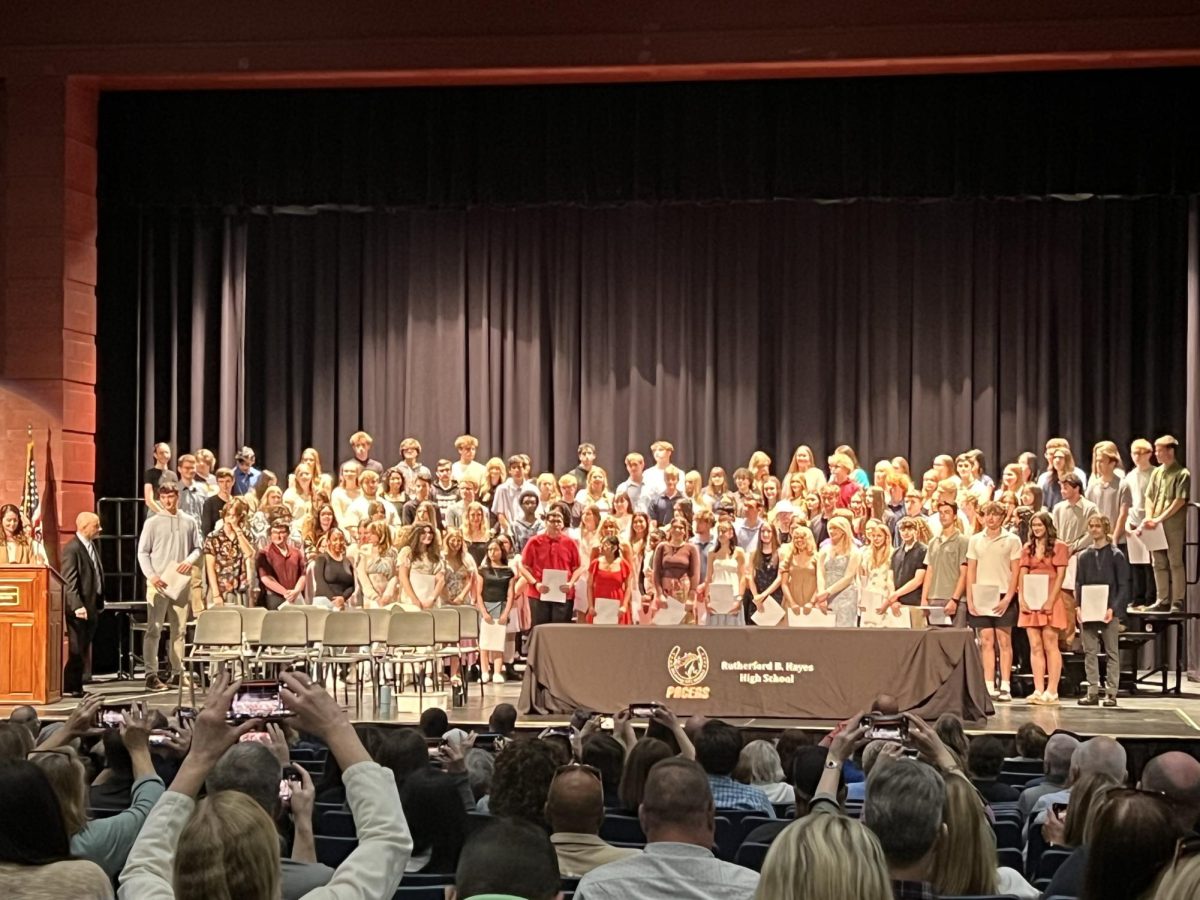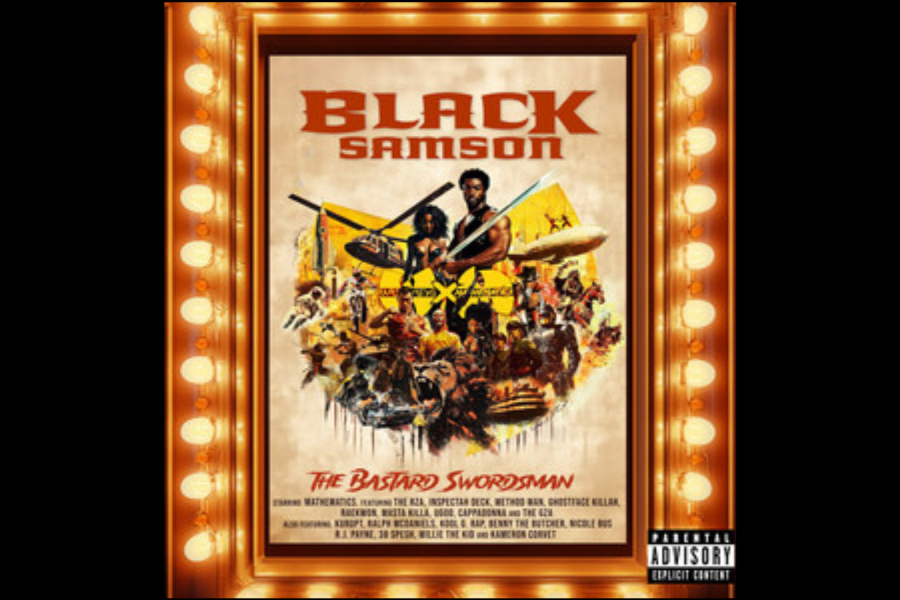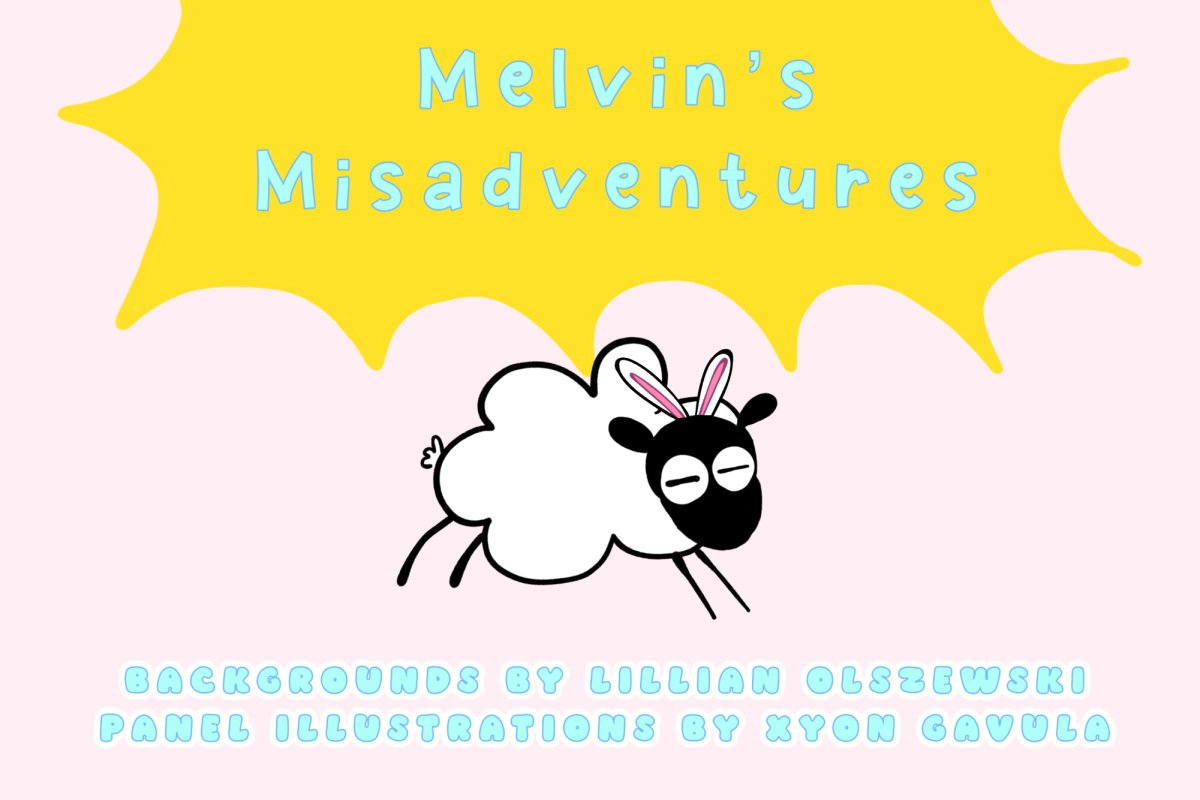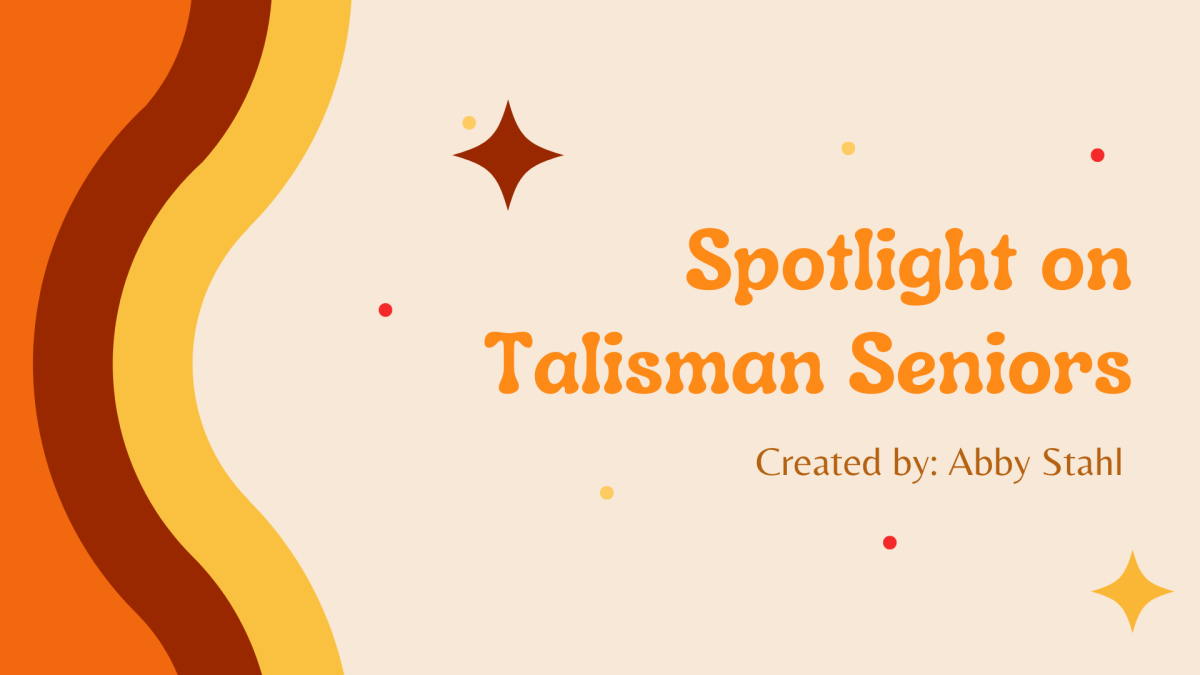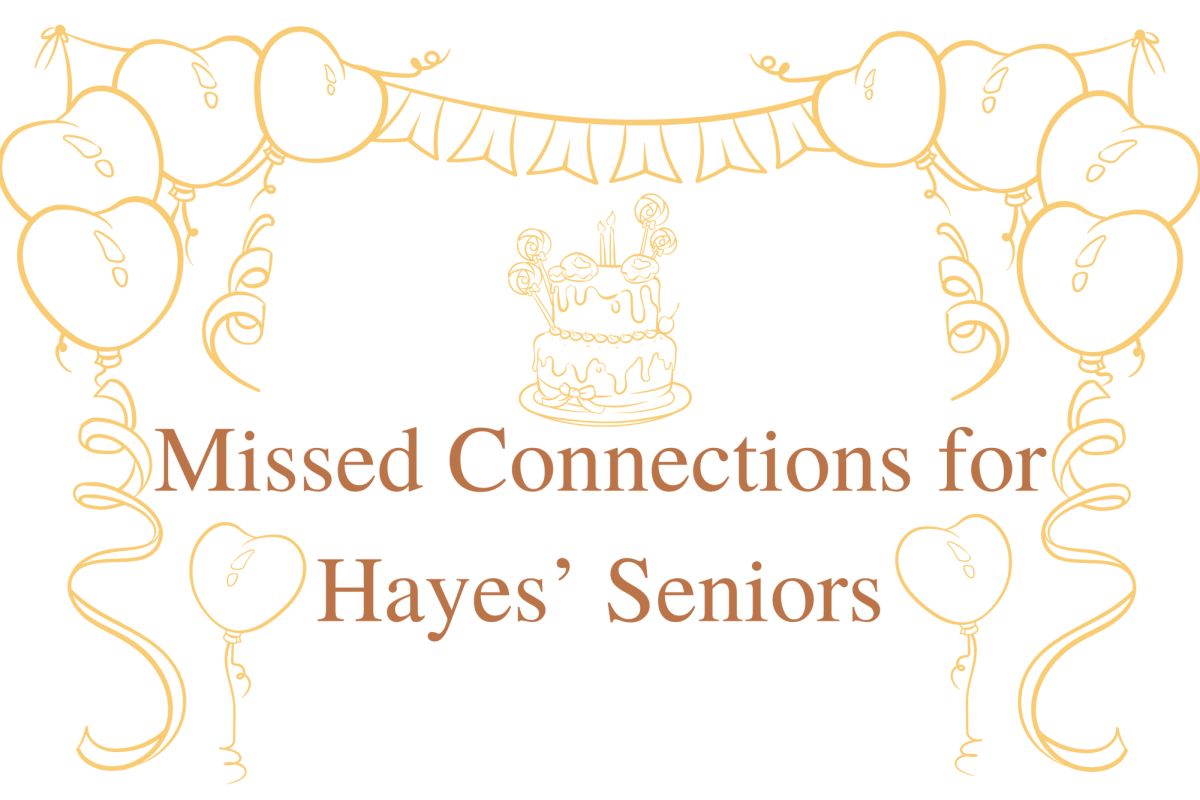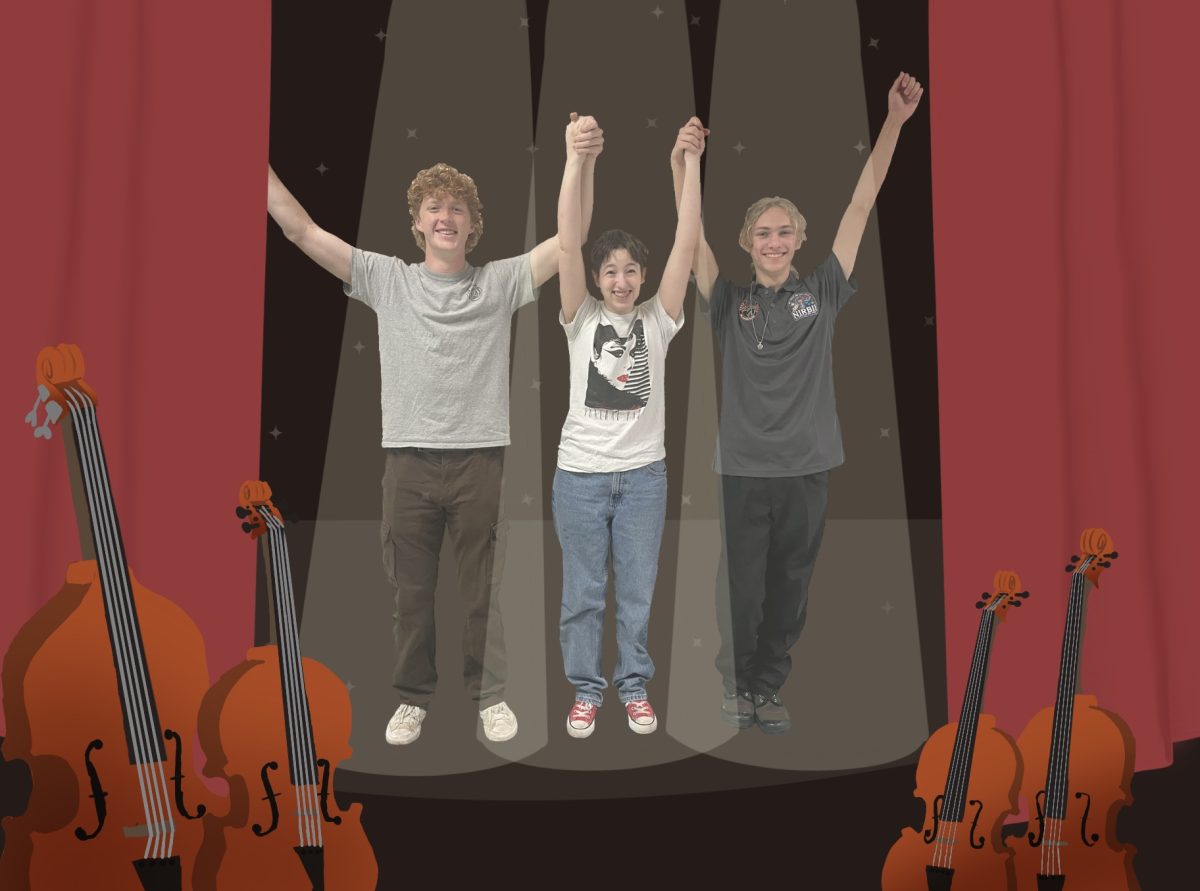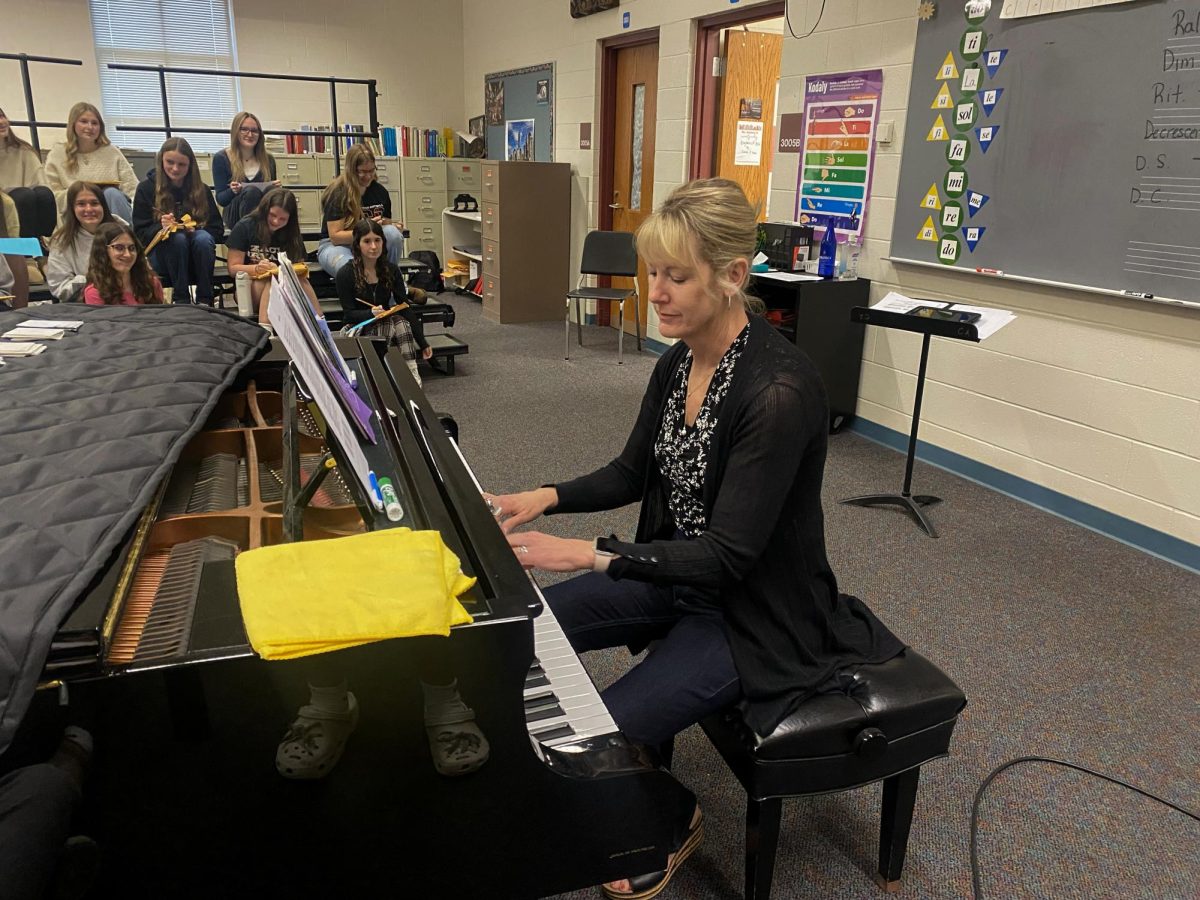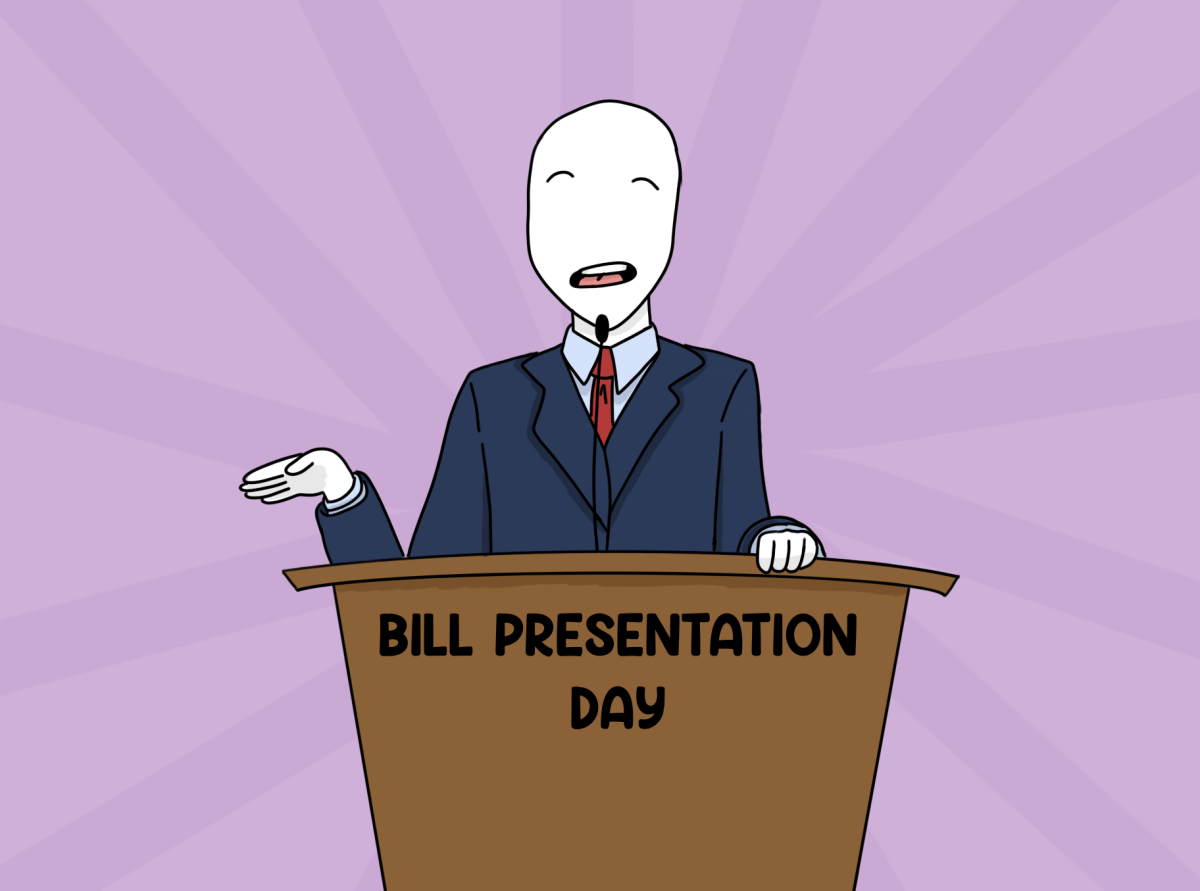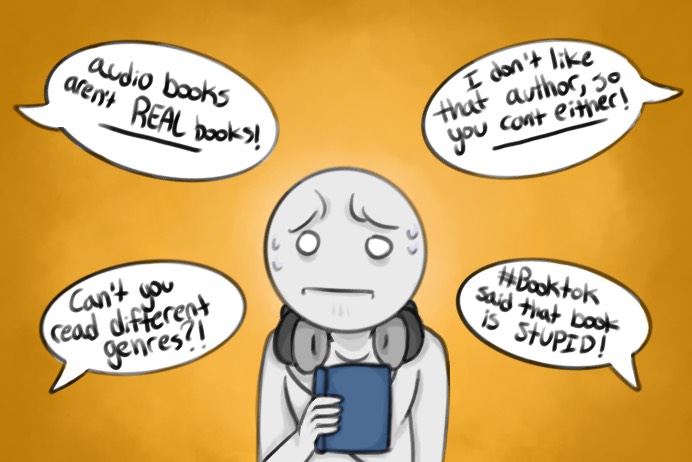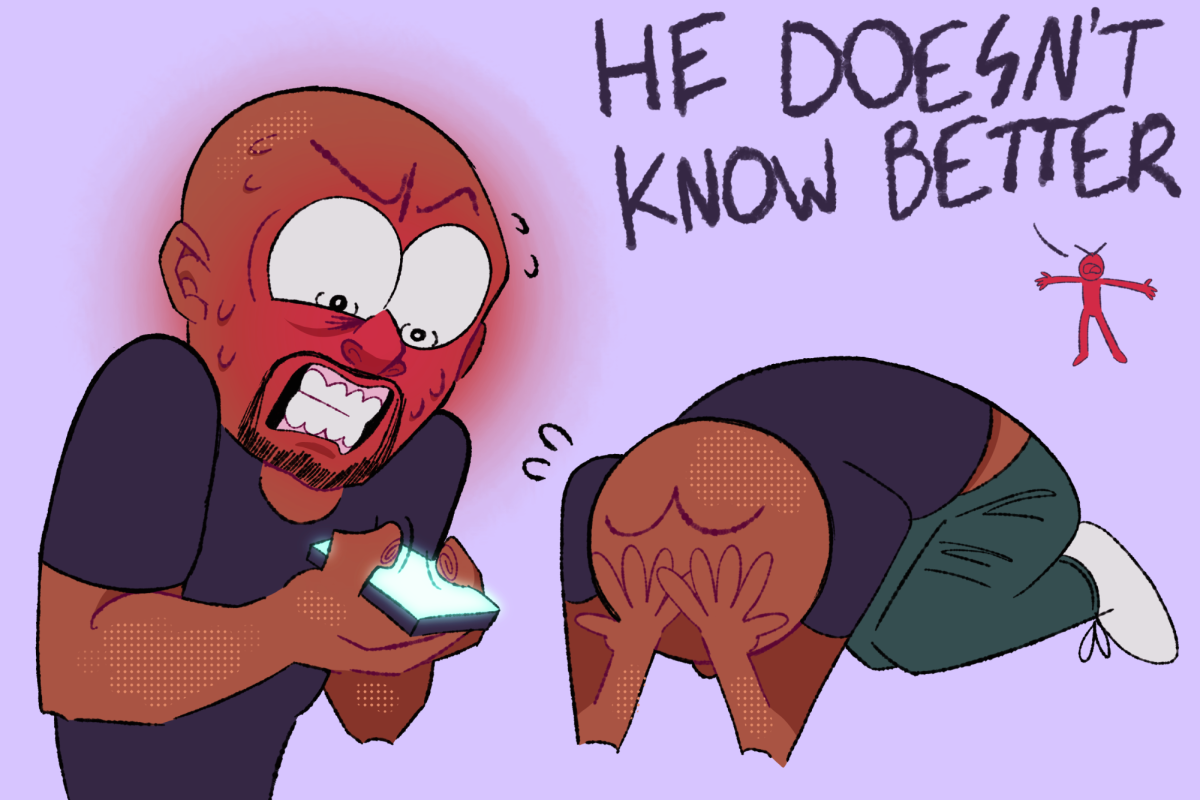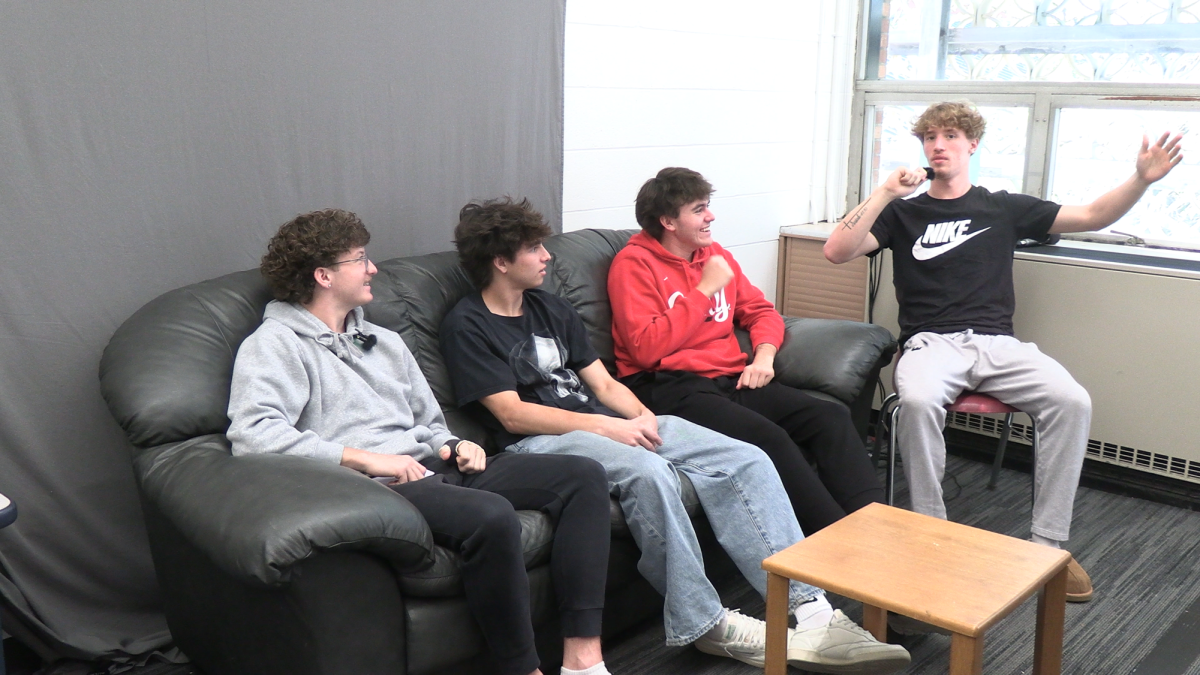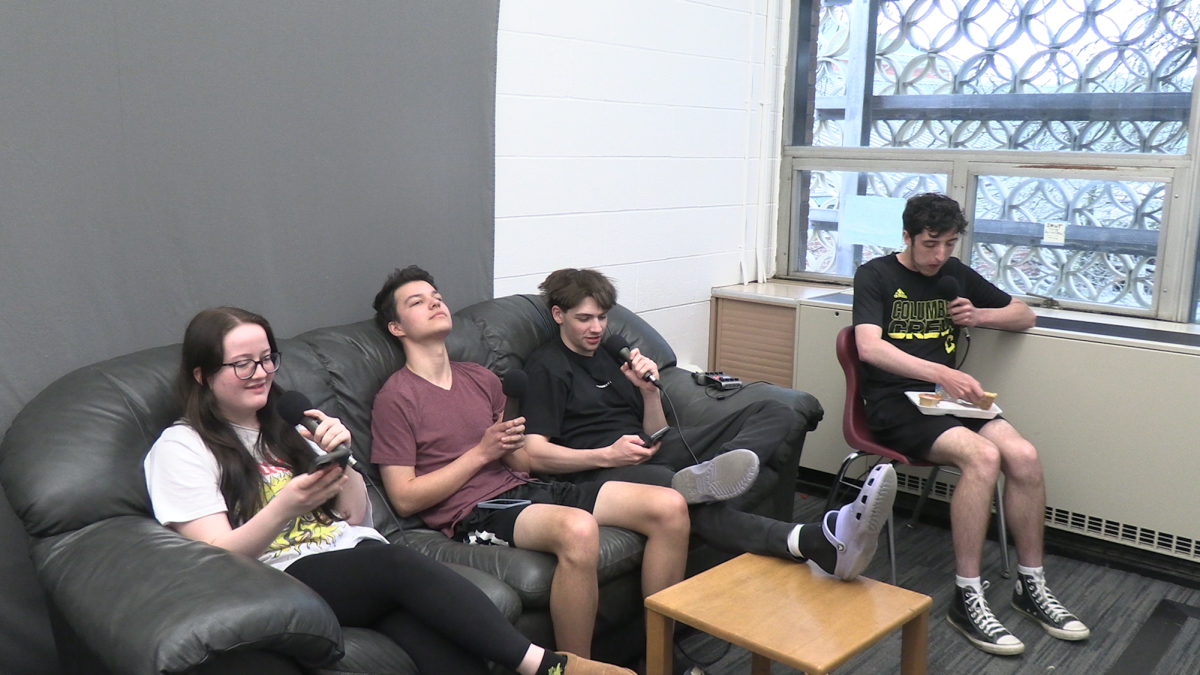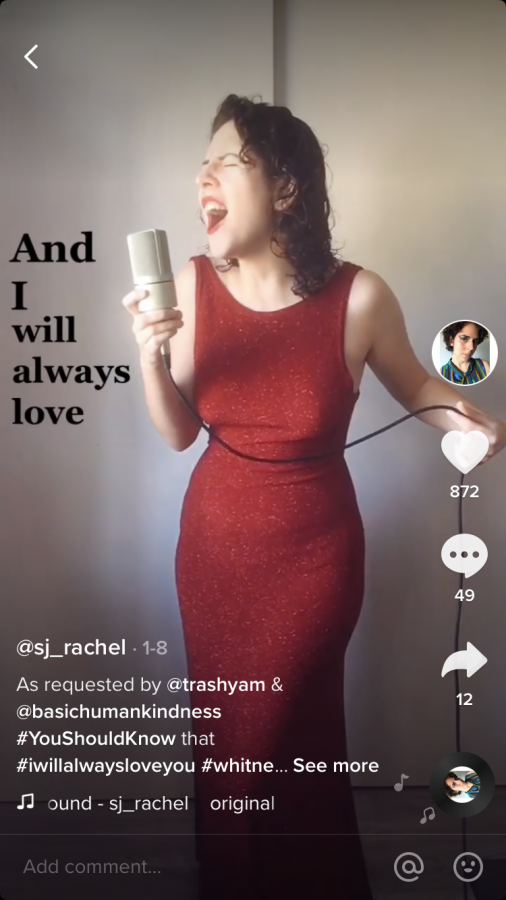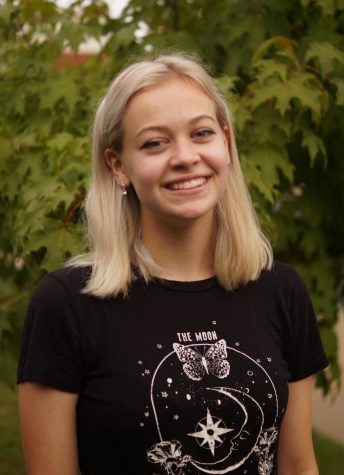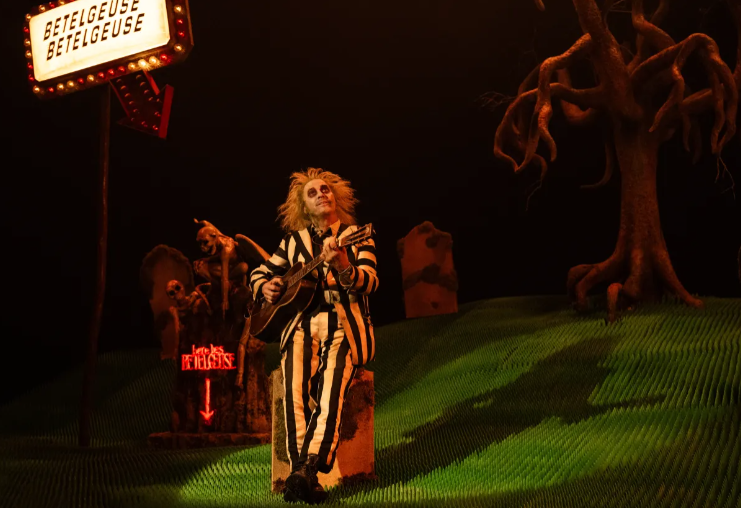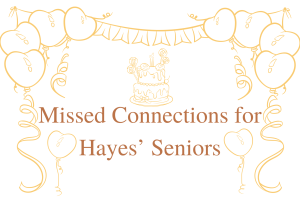Closed caption use increasing on TikTok
March 2, 2021
At 65 million downloads, TikTok has quickly become one of the most used social media platforms. With the introduction of text to speech on videos, closed captions are becoming more common.
Creators captioning their videos has become the easiest way to make their content more accessible.
“I’d say my following feed has 90% of videos captioned,” said Autistic creator Amy, who keeps her last name private, known as @amuwamu on TikTok.
Viewers do not have to be deaf to benefit from subtitles; it can help clarify what is said in videos for anyone.
However, captioning videos helps viewers with auditory processing disorders that often coincide with neurodivergence, such as ADHD or Autism, which account for 7 percent of the population. They also help English language learners (around 8 percent of the population), or those with hearing disabilities (approximately 5 percent of the population).
“The deaf and hard of hearing community, along with people with auditory processing disorders, deserve equal access to media,” said Lily, a disabled creator known as @selfiereptiles who also prefers to keep her last name unknown.
While videos with captions aid viewers with disabilities, TikTok’s captioning feature is not accessible to the creators using it. There is space on the screen that is not displayed during the video editing process that becomes hidden by text once the video is uploaded. Captions are not auto generated and need to be hand-typed. TikTok has also been known not to fix bugs that occur within their text on videos, such as text not appearing or staying too long.
“Captioning my videos, specifically the series where I review disabled characters in movies and TV shows, takes longer than actually thinking of the topic and filming the video,” Lily said. “It takes more energy to caption these as well, mostly because TikTok doesn’t have a voice-to-text option within the app.”
While strides have been made from the app, the push for accessibility is not over.
“Push TikTok to create auto-generated closed captioning that’s editable and can be toggled on/off by the watcher. It needs to work with speech-to-text software too,” said Rachel, a creator with videos focused around educating viewers about Judaism under @sj_rachel on TikTok.
Until the app takes initiative, users continue to make their content more accessible through captions.
Learn more about closed captions at https://www.3playmedia.com/





